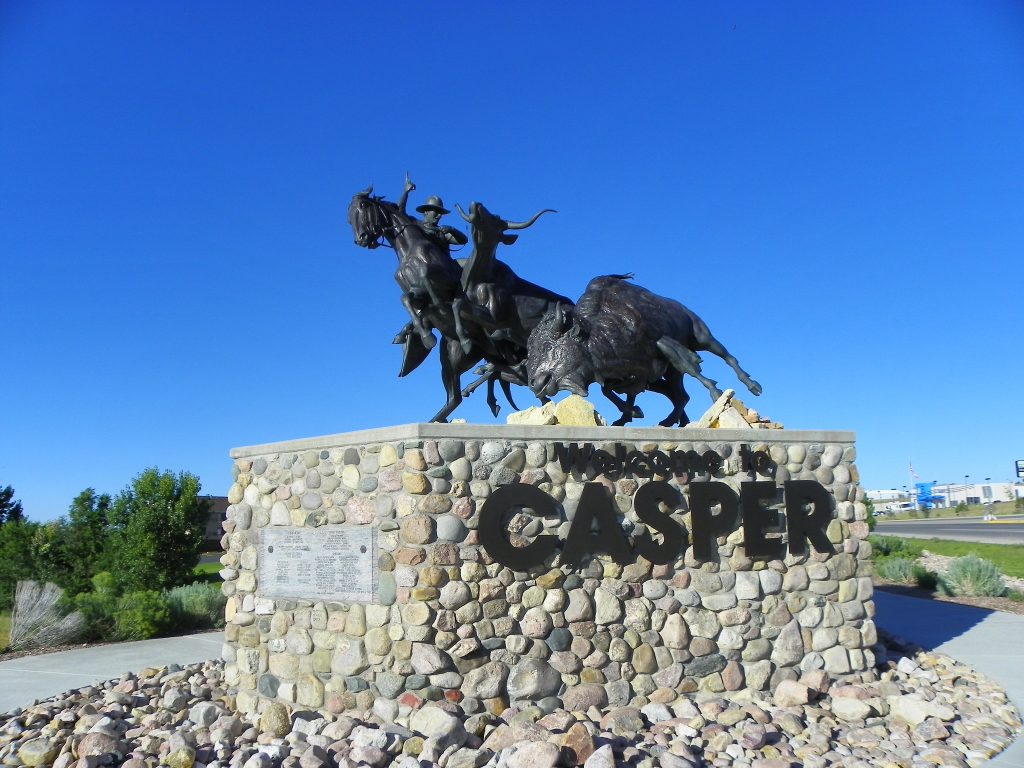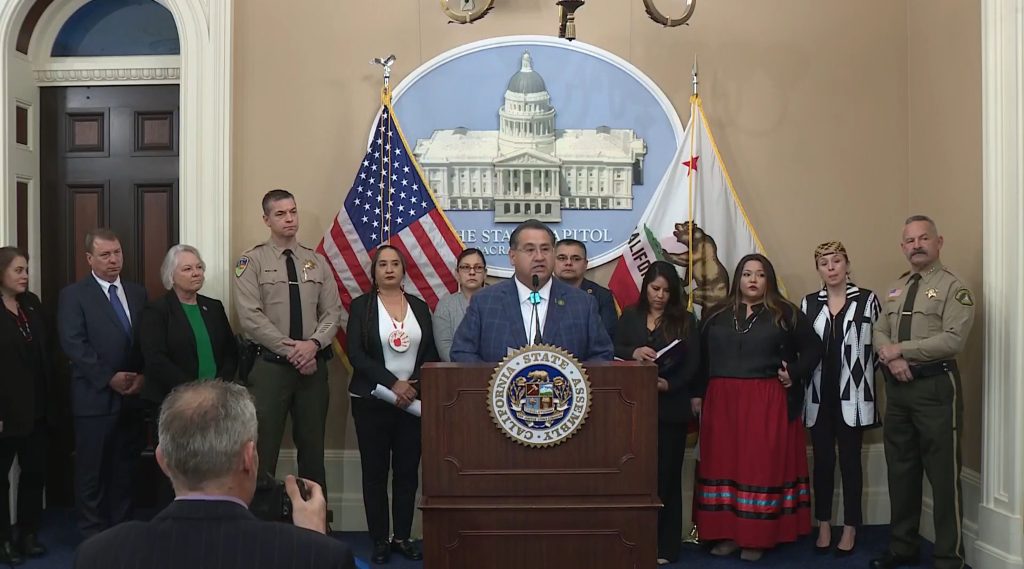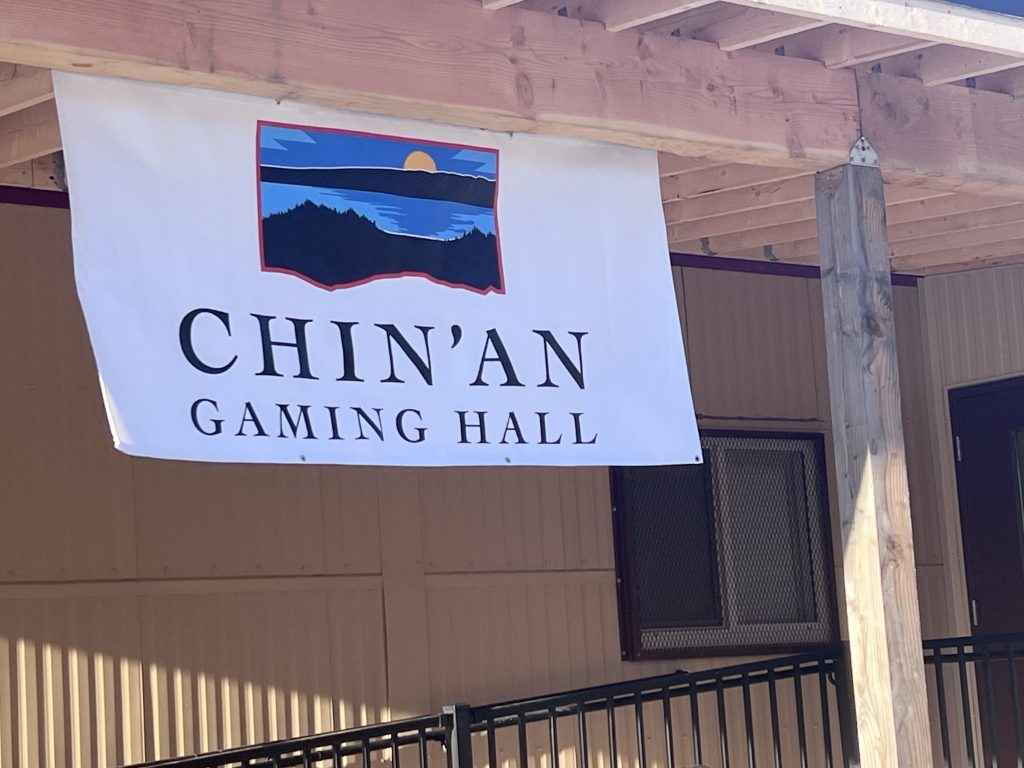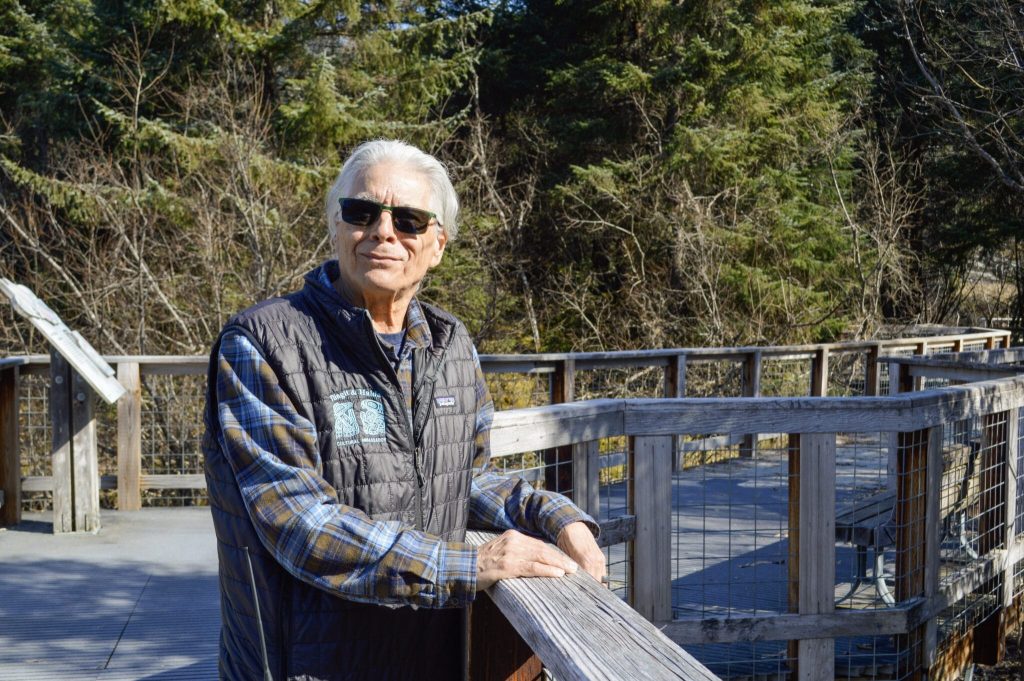Podcast: Play in new window | Download | Embed
The life and legacy of Pope Francis is being remember after the Vatican announced his death Monday morning.
In 2022, in Rome and on Canadian soil, Pope Francis apologized to Indigenous people for the Catholic Church’s role in the residential school system in Canada, and for the abuses Indigenous people suffered.
The apology included Pope Francis saying he was sorry and asked forgiveness.
The schools operated from the late 1800s to the 1990s.
His apology was met with mixed reactions.
Pope Francis was 88.

(Courtesy Denver Parks and Recreation)
Bison are being restored to tribal lands across the Mountain West and the Great Plains.
As the Mountain West News Bureau’s Rachel Cohen reports, a herd managed in Colorado is playing a big role.
A few bison jumped into a grass-lined trailer.
They were heading to the Kiowa Tribe in Oklahoma.
The bison are part of two herds that live in mountain parks owned by the City and County of Denver.
And the city gave these 10 away so the Kiowa Tribe could start its first herd in over 150 years.
Bison were hunted to near-extinction in the 1800s.
Rick Williams (Oglala Lakota and Northern Cheyenne) was at the bison transfer in March.
He says it included a ceremony and songs for a safe journey.
“The buffalo were a sacred animal to us. You know, we knew that they provided all of our economy and our lifestyle and everything that we needed to survive.”
Denver’s donation is part of a larger effort to give surplus bison from conservation herds – and national parks – to tribes to restore cultural and environmental connections.
Over the past seven years, Denver has given 140 bison to 10 tribes. That includes the Northern Arapaho in Wyoming and the Northern Cheyenne in Montana.

Four of the 2025 Champs with U.S. Rep. Sharice Davids (Ho-Chunk/D-KS). (Courtesy Center for Native American Youth)
Native young people from across the country are representing their communities on a national level this year.
They were picked as “Champions for Change” for 2025 by the Aspen Institute’s Center for Native American Youth (CNAY).
The cohort is sharping their leadership skills while highlighting stories of impact from tribal communities.
Jill Fratis from our flagship station KNBA has more.
Each year, CNAY selects five inspirational youth, ages 14 to 24, from across the country, to serve as “Champs”, supporting their development through experience-based learning and tailored advocacy training.
One of the “Champs” is Maiyuraq (Maiyu) Jones from Unalakleet.
Jones is focusing on environmental issues. She’s studying Environmental Science at Western Washington University.
She says she’s been invested in climate change and its impacts on rural communities since a young age – and has seen changes to her community through her own eyes.
“I think over the time I was growing up you can’t help but see those changes in the environment. When I was a kid, I used to be able to set crab pots on the sea ice with my dad. We would go out on a snow machine, and we would set crab pots a few miles out. But the last time, I set foot on the ice, I couldn’t walk more than 10 feet before it got too dangerous to go further.”
Jones and the other “Champs” took part in a recent gathering in Washington, D.C., where she heard many stories similar to hers from different areas across the country – from clean water, to subsistence, to limited resources.
She says she knew that she wanted to be a voice for her region, and help find solutions.
“The changes in the way to from how I grew up to now, has really led me to pursue environmental justice, and dedicate time to that. Because I think its very important that future generations are able to hunt for caribou and fish for salmon like I was able to. And to bring those things back to my community is really important to me. “
Champions for Change has been around for more than ten years.
This year’s youth leaders are all in their 20s, and also are from Hawaii, Oklahoma, Michigan, and Arizona.
Get National Native News delivered to your inbox daily. Sign up for our daily newsletter today.

















